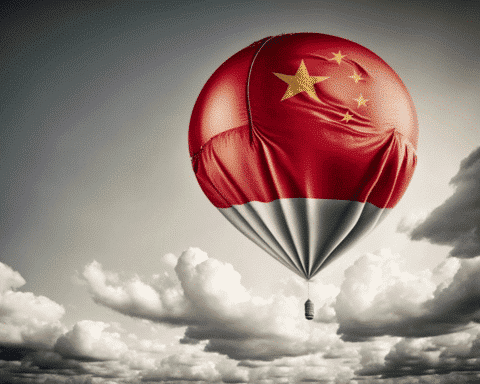Historically, China has been the powerhouse of global economic expansion.
However, recent indicators show a concerning deceleration, making international stakeholders and investors rethink their reliance on China’s economic prowess. Surprisingly, for the first time in many years, China’s economy seems to be part of the global problem rather than its solution.
Evidence of this was seen when the Hang Seng Index of Hong Kong dived into bear territory, showing a loss of over 20% since its zenith in January. Meanwhile, a significant dip in the value of the Chinese yuan resulted in unprecedented interventions by the central bank.
After a short-lived boost after the relaxation of COVID-19 restrictions, the pace of China’s growth appears to be waning. With falling consumer prices, an escalating real estate issue, and dwindling exports, youth unemployment has surged to levels where the data is no longer being disclosed by the authorities.
Recent defaults by key homebuilders and investment firms have reignited anxieties about potential threats to the financial system.
Economic predictions for China are being revised downwards by various financial institutions, forecasting growth rates below the anticipated 5%. Such potential shortfalls could pose reputational issues for the leadership under President Xi Jinping, contrasting with China’s robust response to the 2008 financial crisis.
Several factors contribute to the current economic landscape:
Real Estate Dilemma: After a robust start to the year, the economy saw a dip from April onwards, exacerbated by defaults from major players like Country Garden and Zhongrong Trust. Memories of the Evergrande crisis resurface, putting the Chinese economy under further scrutiny. Efforts from Beijing to invigorate the housing market have been met with challenges, emphasizing the scale of the crisis.
Debt Issues: Local government debt, inflated by decreased land sale revenues and pandemic-related costs, poses significant risks to China’s banking system and hinders government-led growth initiatives. While there have been measures to bolster the economy, concerns about excessive indebtedness deter any major interventions.
Historical actions during the global financial crisis led to soaring local government debt and credit expansions, from which the nation is still recovering. Policymakers now seem wary of over-stretching, fearing future debt repercussions.
Demographic Challenges: China is also grappling with long-term challenges like a demographic shift and complex relationships with primary trade allies like the U.S. and Europe. A dramatic drop in the country’s fertility rate suggests an impending population crisis, further emphasized by recent data revealing the first population decrease in 60 years.
A shrinking workforce presents multiple challenges, from decreased economic growth potential to increasing fiscal burdens. Moreover, as the nation faces dwindling housing demand, geopolitical complexities, and reduced urban migration, experts believe that some of these challenges are beyond immediate policy solutions.
While China’s growth trajectory has faced substantial changes since the pandemic’s onset, it’s anticipated to further diminish in the forthcoming years.
China’s historical role as the cornerstone of global economic vitality is being tested. The amalgamation of immediate economic challenges and long-term demographic shifts presents a complex puzzle for policymakers. While short-term measures may provide relief, the need for visionary strategies and collaborative global partnerships becomes paramount to navigate the evolving economic landscape and ensure sustained growth in an increasingly interconnected world.




